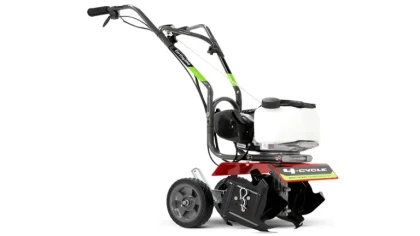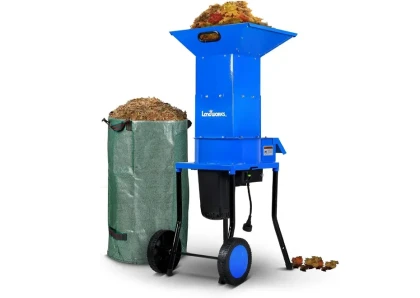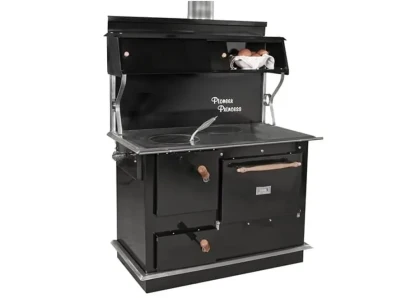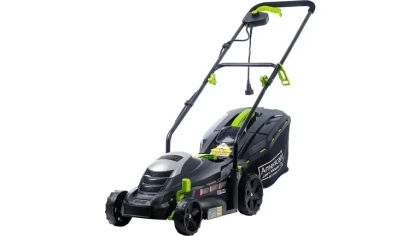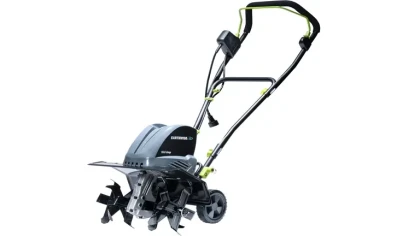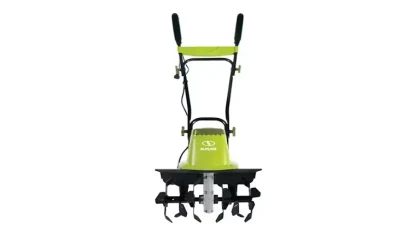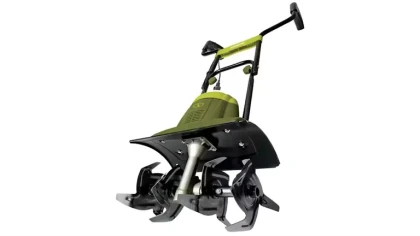
Outrigger Pad
Overview
Outrigging pads, also referred to as crane pads or stabilizer pads, are essential tools designed to ensure stable support for cranes, aerial lifts, and heavy machinery. These pads are strategically positioned beneath the outrigger legs or stabilizers, effectively distributing the weight across a wider surface area. By doing so, they minimize the ground pressure exerted by the equipment, preventing sinking, tipping, and potential accidents. Outrigging pads play a vital role in maintaining the stability and safety of operations, particularly in challenging or uneven terrains.
These specialized pads offer a versatile solution for a range of industries. Construction, crane operations, utilities, and landscaping are just a few sectors that heavily rely on outrigging pads. They enable the equipment to operate securely on various surfaces, such as grass, gravel, sand, or asphalt. By providing a solid foundation, outrigging pads enhance stability and prevent surface damage, making them invaluable tools for projects where delicate or sensitive surfaces need to be protected.
A survey conducted by the Construction Industry Association of America in 2022 revealed that the United States is home to approximately 1.2 million construction companies. Remarkably, an estimated 80% of these companies employ the use of outrigger pads in their operations. This indicates that roughly 960,000 construction companies across the nation recognize the value and importance of utilizing outrigger pads.
The survey findings further demonstrated a growing trend in the adoption of outrigger pads within the construction industry. In 2012, only 70% of construction companies reported using outrigger pads. This significant increase suggests a rising awareness among construction professionals regarding the safety advantages associated with incorporating outrigger pads into their operations. As the industry continues to prioritize safety measures, outrigger pads are becoming more widely recognized and implemented as an essential tool in promoting secure and stable construction practices.
What are the different types of outrigger pads?
Outrigger pads are available in two primary types: wooden and steel. Wooden outrigger pads are commonly crafted from pressure-treated lumber, a material specially treated to enhance its resistance to rot and decay. This treatment ensures that the wooden pads can withstand the test of time, making them a reliable choice. On the other hand, steel outrigger pads are renowned for their exceptional durability and longevity. Constructed from high-quality steel, these pads offer superior strength and resilience, ideal for demanding applications. While steel outrigger pads offer enhanced durability, they generally come at a higher price point compared to their wooden counterparts.
What are the different types of woods that can be used for outrigger pads?
Outrigger pads can be crafted from various types of wood, with pressure-treated pine being the most commonly used. Pressure-treated pine undergoes a chemical treatment process that enhances its resistance to rot and decay, making it a reliable choice for outrigger pads. In addition to pressure-treated pine, other suitable wood options for outrigger pads include cedar, redwood, and cypress. These types of wood offer natural durability and strength, ensuring the longevity and performance of the pads in challenging conditions. The selection of the wood type often depends on factors such as availability, regional preferences, and project-specific requirements.
What are the applications of outrigger pads?
Outrigger pads are used in a variety of applications, including:
- Construction
- Mining
- Forestry
- Agriculture
- Demolition
- Emergency response
Benefits of using outrigger pads:
- Enhanced safety: Outrigger pads provide a stable surface for heavy machinery, reducing the risk of accidents and injuries caused by sinking or tipping.
- Minimized machinery damage: By preventing machinery from sinking into soft ground or uneven terrain, outrigger pads help to reduce damage, extending the lifespan of equipment and minimizing costly repairs.
- Environmental protection: Outrigger pads play a vital role in safeguarding the environment. By preventing machinery from sinking into the ground or causing damage to delicate vegetation, they help minimize soil erosion and preserve the natural landscape, promoting sustainable construction practices.
Outrigger pads offer a range of advantages, promoting safety, equipment longevity, and environmental consciousness. Their use is crucial in ensuring stable operations, protecting both the machinery and the surrounding environment.
Cons of using outrigger pads
There are a few potential drawbacks to using outrigger pads, including:
- Cost: Outrigger pads, particularly those made of steel, can be a significant investment, which may pose budgetary challenges for some projects.
- Weight: Due to their purpose of providing stability, outrigger pads can be heavy, making transportation and maneuverability a potential challenge, especially in remote or difficult-to-access locations.
- Storage: The bulky nature of outrigger pads can present storage challenges when not in use. They require ample space to store properly, which may be a consideration for those with limited storage options.
While outrigger pads offer numerous benefits, it's important to acknowledge potential drawbacks related to cost, weight, and storage requirements. Careful planning and consideration of these factors can help mitigate any challenges and ensure a successful deployment of outrigger pads in construction and heavy machinery operations.
Treated options for outrigger pads
- Pressure treatment: is the most common type of treatment. It involves submerging the pads in a chemical solution that penetrates the wood. This treatment is effective at preventing rot, decay, and insect damage. However, it can also make the pads more brittle and less resistant to impact damage.
- Fire retardant treatment: is designed to protect the pads from catching fire. It is often used in areas where there is a risk of fire, such as near power lines or in areas with a lot of dry vegetation. However, fire retardant treatment can also make the pads more slippery, which can increase the risk of accidents.
- Water repellent treatment: is designed to prevent water from penetrating the pads. This can help to prevent the pads from rotting or warping. However, water-repellent treatment can also make the pads more difficult to clean.
The best treatment for outrigger pads will depend on the specific needs of the application. If you are unsure which treatment is right for you, it is always best to consult with a professional.
Here are some additional tips for choosing and using treated outrigger pads:
- Choose pads that are the correct size and weight for the equipment you will be using.
- Place the pads on a level surface.
- Inspect the pads regularly for signs of wear and tear.
- Replace the pads if they are damaged.
Guide and Tips for Outrigger Pads
- Regular Inspection: It is important to regularly inspect outrigging pads for any signs of wear, damage, or degradation. Check for cracks, splintering, or any other visible signs of deterioration. By promptly identifying and addressing any issues, you can ensure the continued safety and performance of the pads.
- Proper Cleaning and Storage: Maintain the effectiveness and prolong the lifespan of outrigging pads by cleaning and storing them properly. Remove any dirt, debris, or contaminants from the surface of the pads after each use. Store them in a dry, well-ventilated area away from direct sunlight and extreme temperatures. This will help prevent damage and maintain their structural integrity over time.
Cost of Outrigging Pads
The cost of outrigging pads can vary depending on several factors, including the size, material, and the manufacturer. Prices can range from a few hundred to several thousand dollars per pad. The specific requirements of your project, such as the weight and type of machinery being used, will also impact the cost. It is advisable to consider your budget and the quality needed for your specific application when selecting outrigging pads. It's worth noting that while higher-quality pads may come with a higher price tag, they often offer better durability and longer lifespan, making them a worthwhile investment in the long run.
Where Can I Buy Outrigger Pads?
Discover high-quality outrigger pads at Forestry. Trust us to provide top-notch options that meet your outrigger pads needs. With our commitment to quality and customer satisfaction, find the perfect outrigger pads for your project. Contact us now to explore our extensive selection.
- We offer wholesale and bulk buying options for outrigger pads
- Wide variety of outrigger pads
- Variety of grades and treatment options
- Knowledgeable team
- On-time completion
- Satisfaction guarantee
Conclusion
Outrigging pads play a vital role in providing stability and safety for cranes and heavy machinery. They are available in different types, materials, and treated options, catering to various applications and environmental conditions. By utilizing outrigging pads, operators can ensure efficient operations while minimizing the risks of equipment damage, accidents, and surface disruption.



